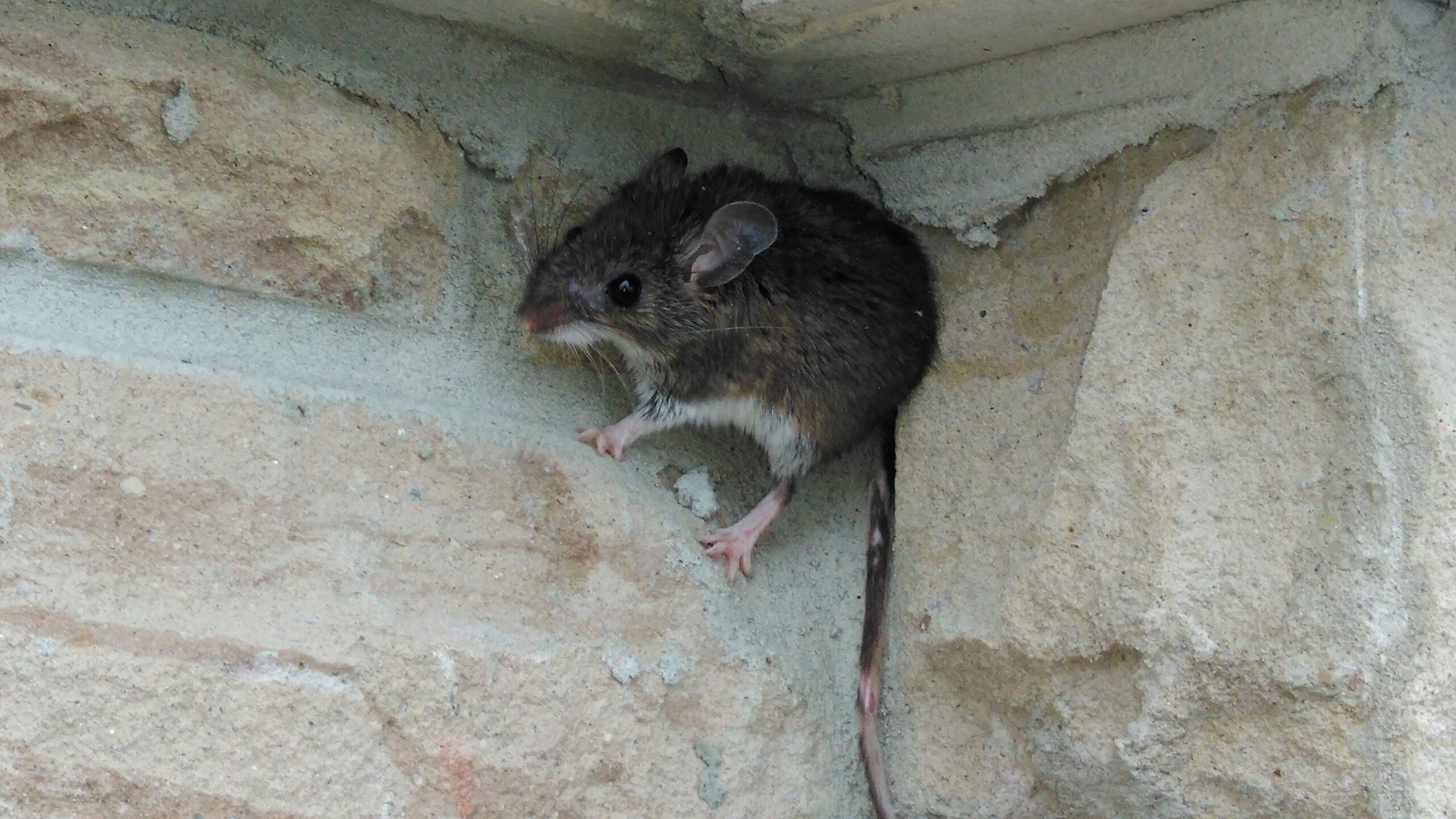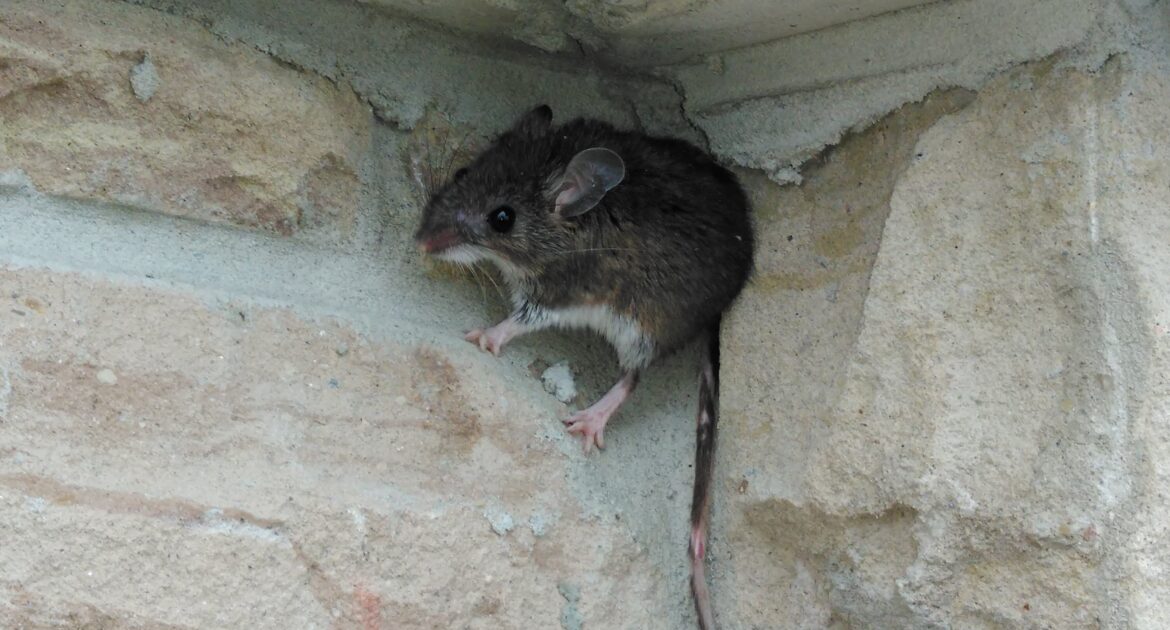Mice are cute, furry little animals, and people can be forgiven for finding them adorable when outside of the context of an infestation. Unfortunately, when mice invade a property, they can become quite destructive and problematic, requiring professional and humane mice removal.
Office buildings are often more at risk of rodent infestations than smaller properties. The number of people, rooms, trash, food, etc., make office buildings an enticing nesting site for mice. Offices maintain predictable hours, typically avoiding evenings, meaning nocturnal animals, like rodents, get free reign of the property.
No business wants to deal with a rodent infestation. Infestations can result in significant business interruptions, costing a company dearly. Therefore, businesses must protect offices by implementing standard operational practices. If you are a commercial property owner, there are four practices you can adopt to reduce the risks of mice.
1. Seal Entry Points
Did you know a mouse can fit through an opening of only six to seven millimeters (about the diameter of an average pen)? People often assume that openings for mice will look like they do in cartoons, arched openings as tall as a baseboard. Unfortunately, the reality is not like cartoons. Mice squeeze through some of the tiniest openings, including cracks, holes, or gaps in the property.
Business owners should work with their maintenance staff to ensure all cracks are sealed to prevent entry. Additionally, all existing seals around doors, windows, plumbing, venting, etc., should be assessed annually to ensure they are not drying, cracking, or failing.
However, if you know you have an existing rodent problem, do not seal all areas. Contact a local humane wildlife professional to assess the property. When a problem already exists, it is best to use exclusionary techniques to rid the building of existing populations before sealing all openings.
2. Keep Things Clean
Mice are tiny animals, and they do not require a tremendous amount of food to remain healthy and active. A mouse can survive well off of crumbs and other scraps found on breakroom floors or in trash bins.
The best way to avoid a rodent problem is with proper janitorial services. The building should receive frequent vacuuming and sweeping. Counters should be wiped down after every meal. Maintenance or janitorial staff should remove all trash daily, placing it in proper exterior containers.
When a facility is clean, it does not provide easy access to food, reducing the likelihood of mice. However, cleanliness does not eliminate the possibility of infestations, as buildings still provide shelter.
3. Remove Food Sources
Property managers must also remember that crumbs and food scraps are not the only ways mice feed. Mice are renowned chewers, and it is nothing for them to chew through cardboard and thin plastic packaging. Therefore, if break room cupboards are filled with cereals, crackers, cookies, etc., a mouse can easily chew through the packaging to get to the goods.
If you want to eliminate the food source, you can either discontinue food on the property or put food in adequate storage containers. Putting cereals and other food in sealable containers is better than leaving them in their original packaging. A food storage container can eliminate the scent of the food.
4. Maintain Proper Garbage Disposal Practices
Mice will find their way into the trash for food and nesting materials. By emptying bins daily, and securing all garbage in proper receptacles, you can ensure your facility stays clean with a reduced risk of rodents. Trash cans should have lids. Exterior waste collection should also have securable lids to prevent wildlife interest.
If you believe you have mice in or around your commercial property, contact wildlife control in Milwaukee. Call a Skedaddle Humane Wildlife Control representative to schedule a property assessment.




